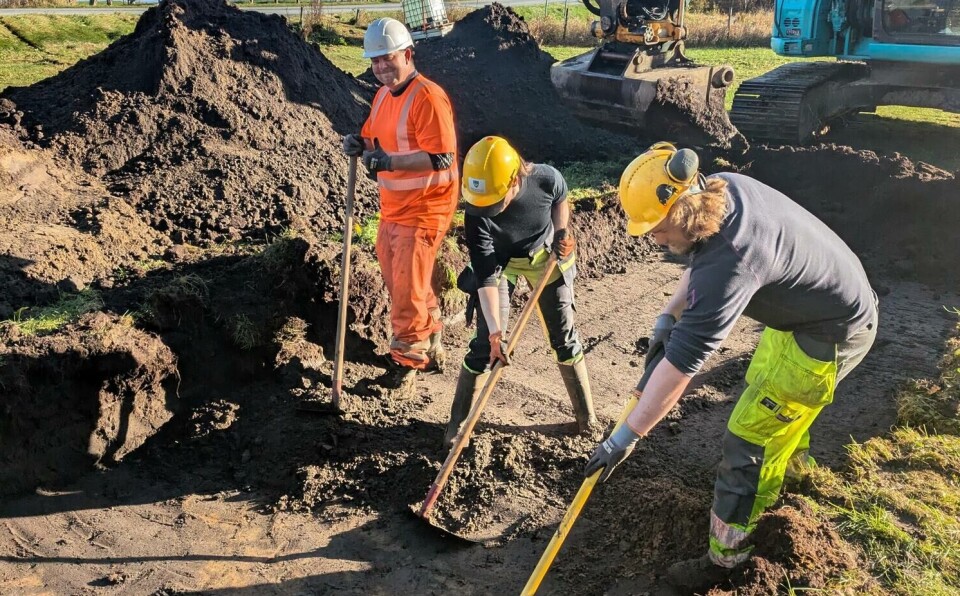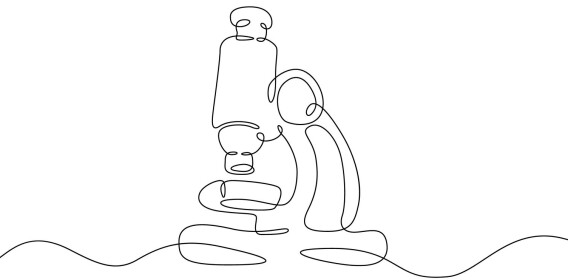
Longhouse and Viking grave likely found in western Norway
Archaeologists have discovered remains of what is likely a Viking Age longhouse, along with a Viking grave.
The post holes they uncovered reveal building techniques typical of the Viking Age, suggesting the presence of a longhouse, Møre og Romsdal County Municipality write in a press release (link in Norwegian).
Stone Age artefacts
The discoveries in Hjørungavåg were made possible by ground-penetrating radar, which guided archaeologists to specific areas for targeted excavation.
"The radar has given us a completely new picture of the area and helped us prioritise what is important to excavate. The radar allows us to see underground without damaging structures," says archaeologist and project leader Arve Eiken Nytun.
Stone Age artefacts were also found, with the oldest likely being as much as 7,000 years old. Additionally, possible traces of houses from the late Stone Age or early Bronze Age, from around 3,500-4,000 years ago, were discovered.
A centre of power?
"This shows that many people have lived here for a very long time and that it could have been a centre of power during the Iron Age," says Nytun.

The discoveries were made just a few hundred metres from the site of the historic Battle of Hjørungavåg around the year 986. This was one of the most important battles in Norway during the Viking Age.
The event is described in Snorri Sturluson's Old Norse kings' sagas. Norwegian Haakon Jarl fought against an invading Danish fleet, a battle that ended in Norwegian victory.
———
Read the Norwegian version of this article on forskning.no

Subscribe to our newsletter
The latest news from Science Norway, sent twice a week and completely free.



































